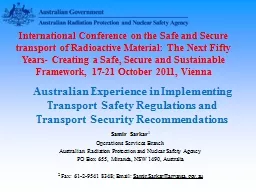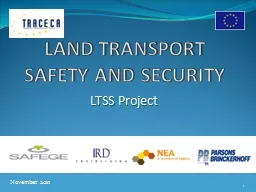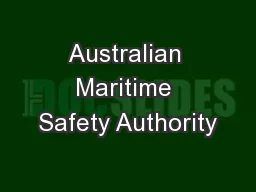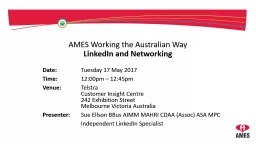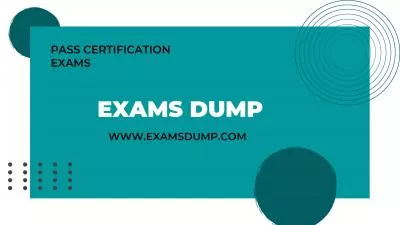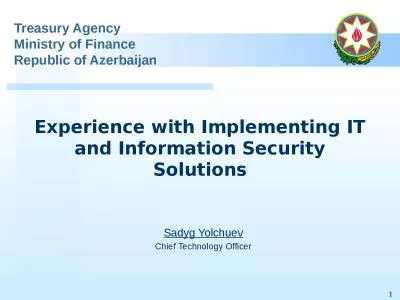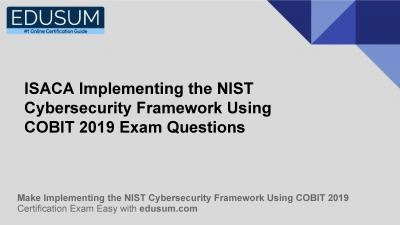PPT-Australian Experience in Implementing Transport Safety Regulations and Transport Security
Author : lois-ondreau | Published Date : 2018-12-27
Samir Sarkar 1 Operations Services Branch Australian Radiation Protection and Nuclear Safety Agency PO Box 655 Miranda NSW 1490 Australia 2 Fax 6129541 8348 Email
Presentation Embed Code
Download Presentation
Download Presentation The PPT/PDF document "Australian Experience in Implementing Tr..." is the property of its rightful owner. Permission is granted to download and print the materials on this website for personal, non-commercial use only, and to display it on your personal computer provided you do not modify the materials and that you retain all copyright notices contained in the materials. By downloading content from our website, you accept the terms of this agreement.
Australian Experience in Implementing Transport Safety Regulations and Transport Security: Transcript
Download Rules Of Document
"Australian Experience in Implementing Transport Safety Regulations and Transport Security"The content belongs to its owner. You may download and print it for personal use, without modification, and keep all copyright notices. By downloading, you agree to these terms.
Related Documents

